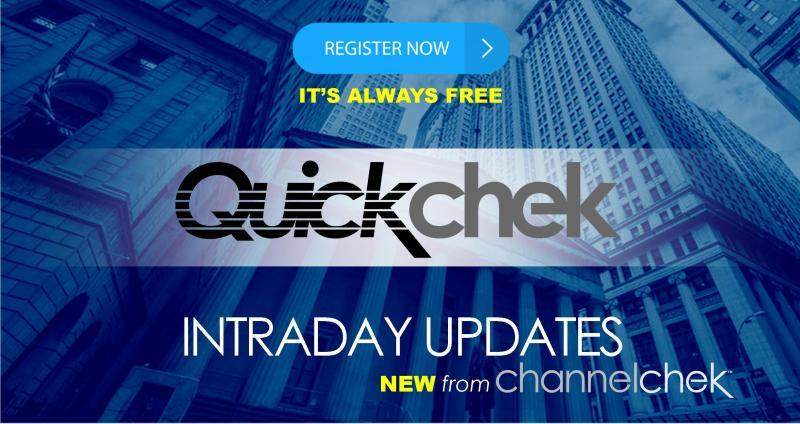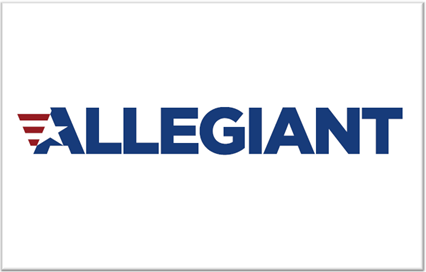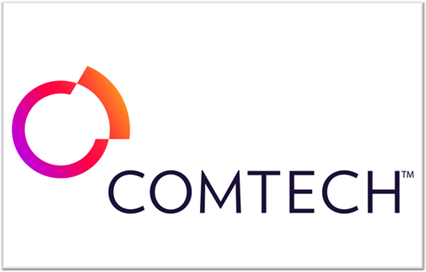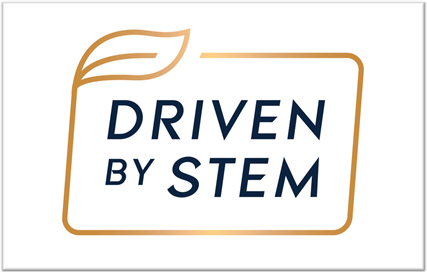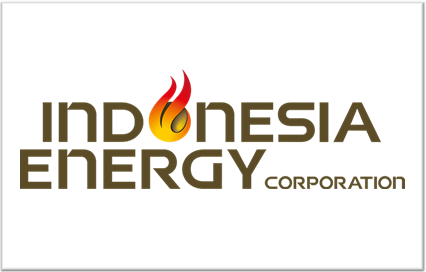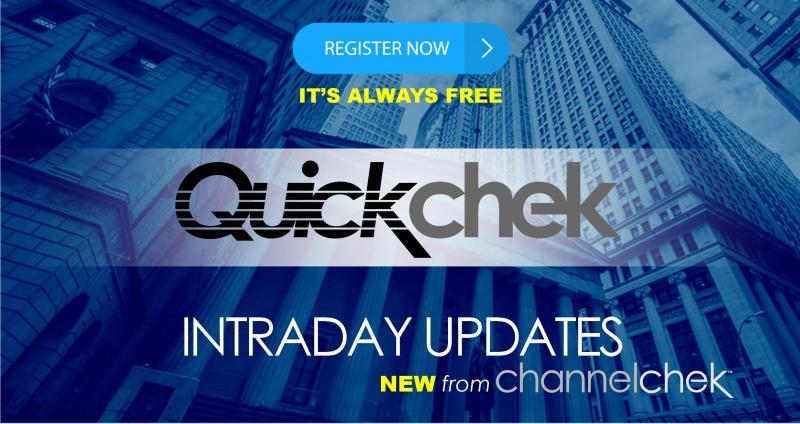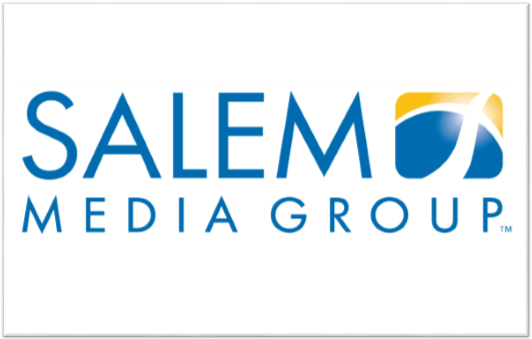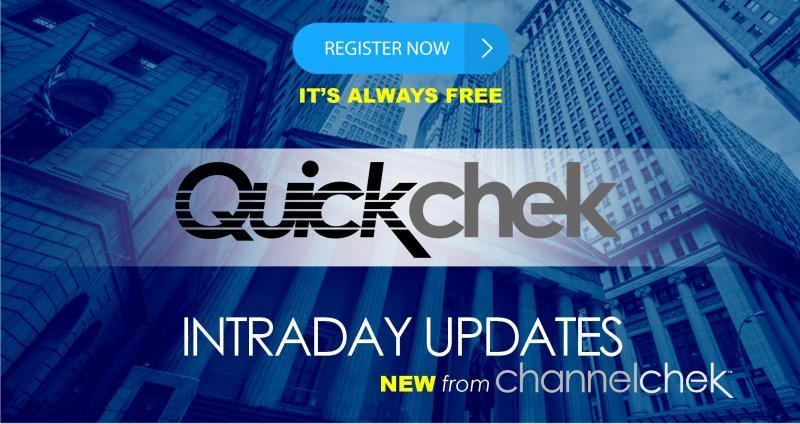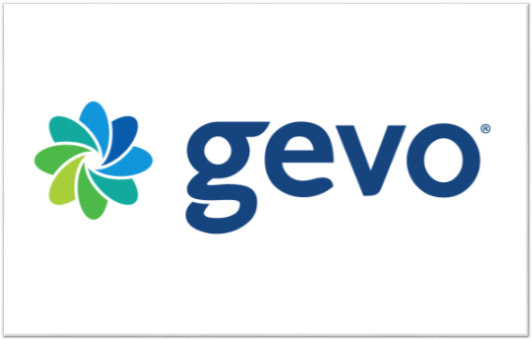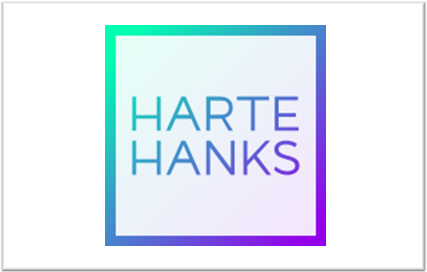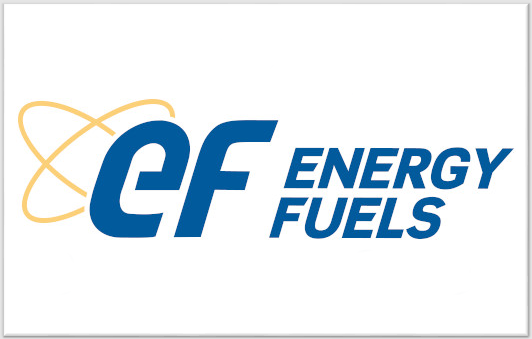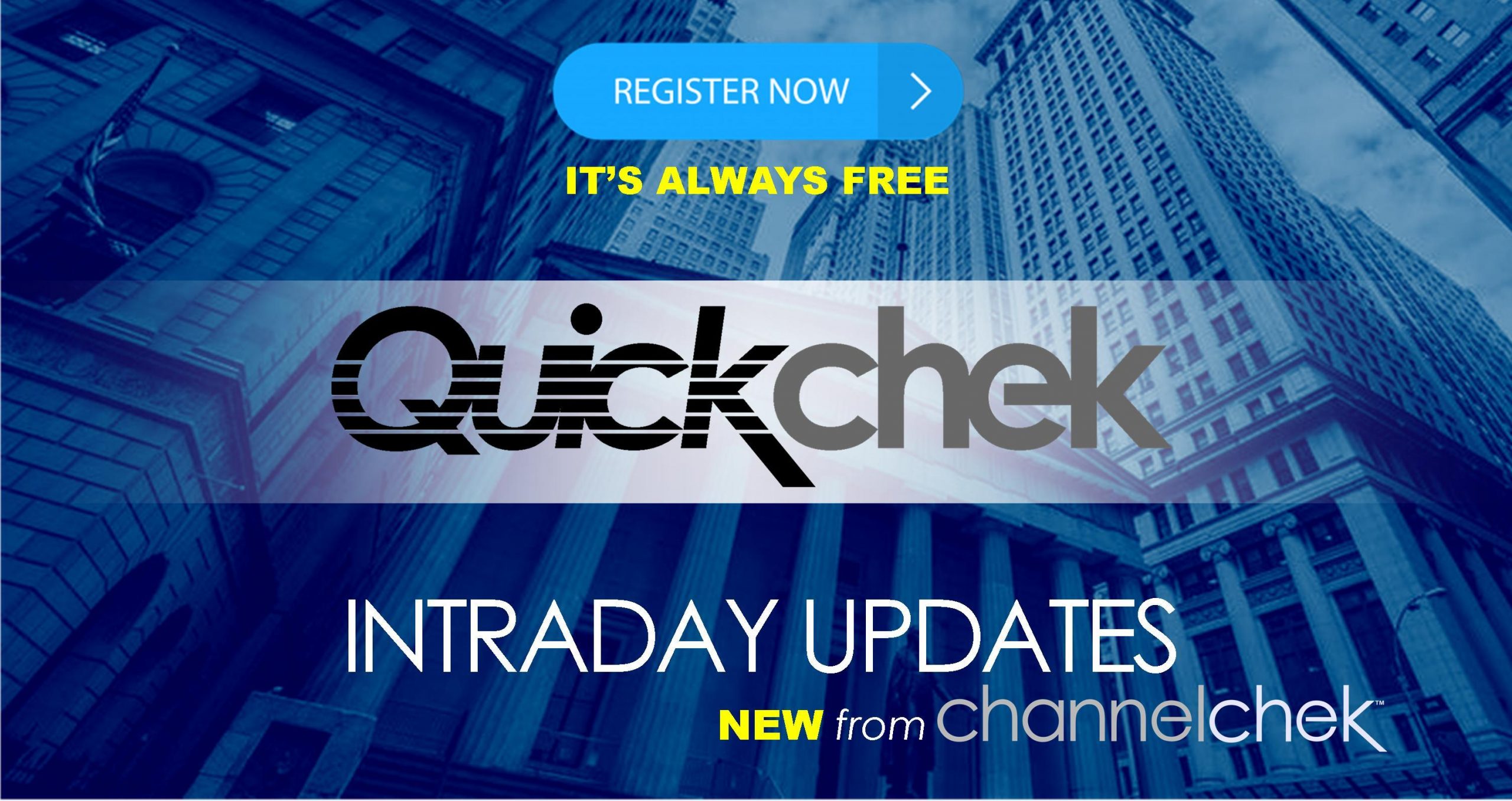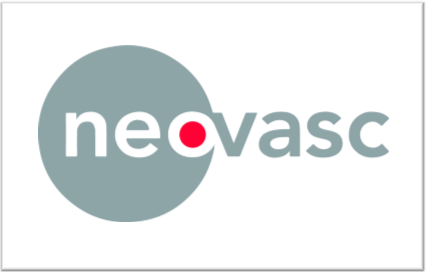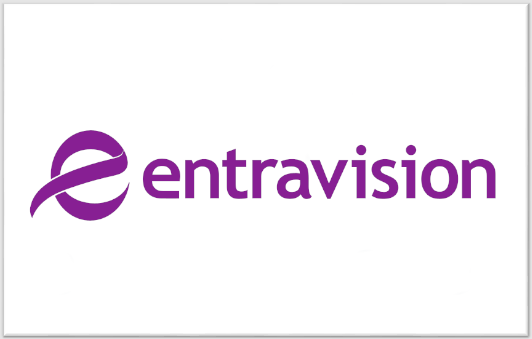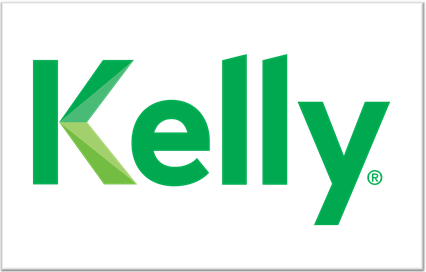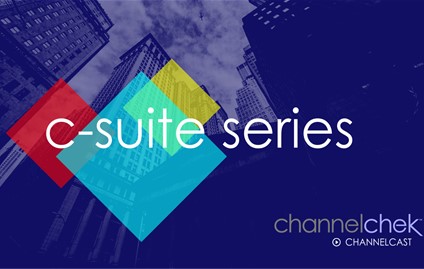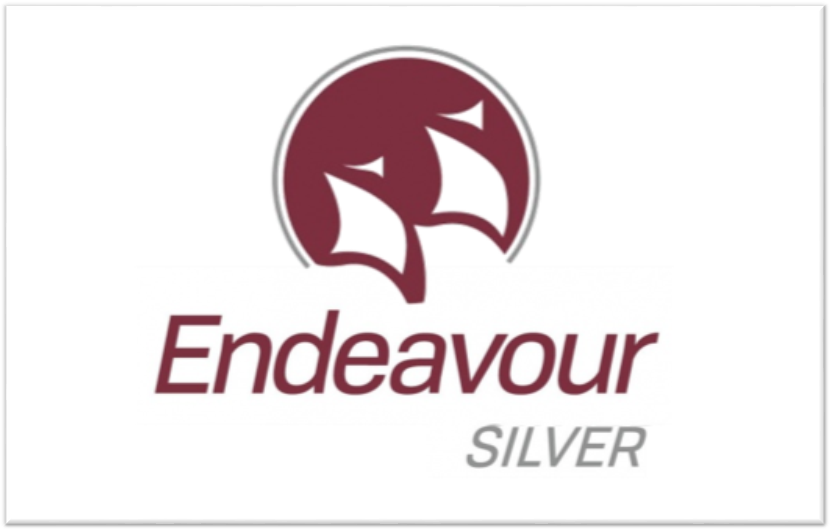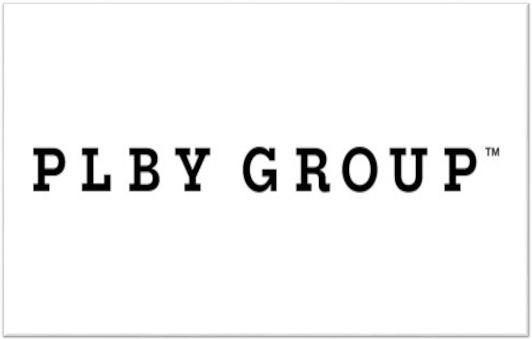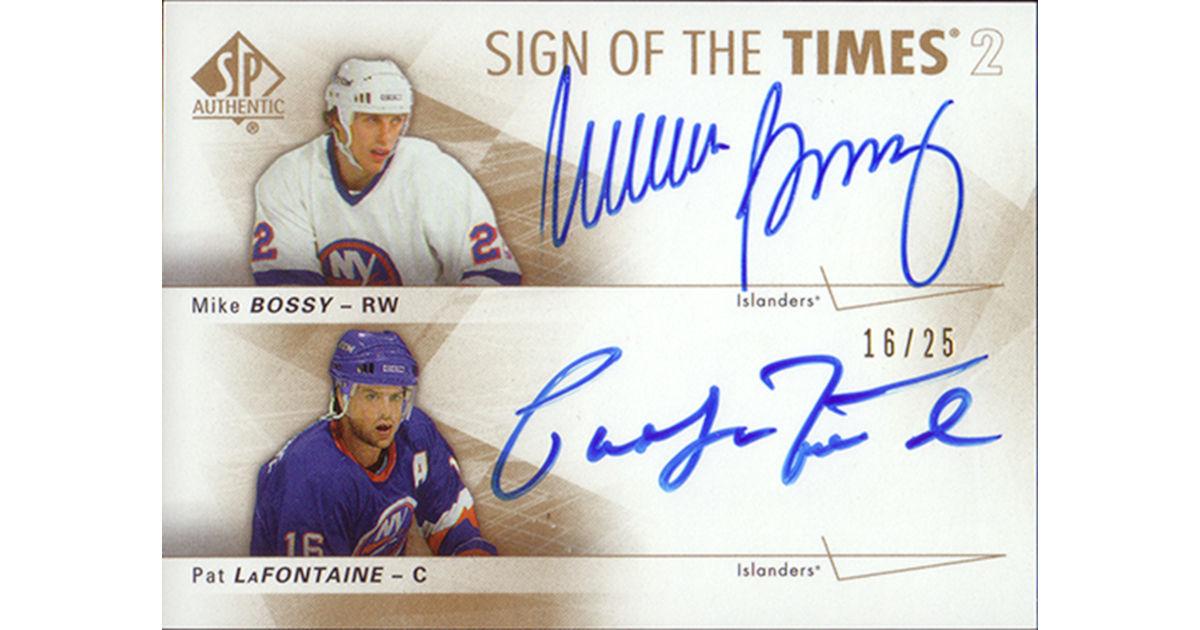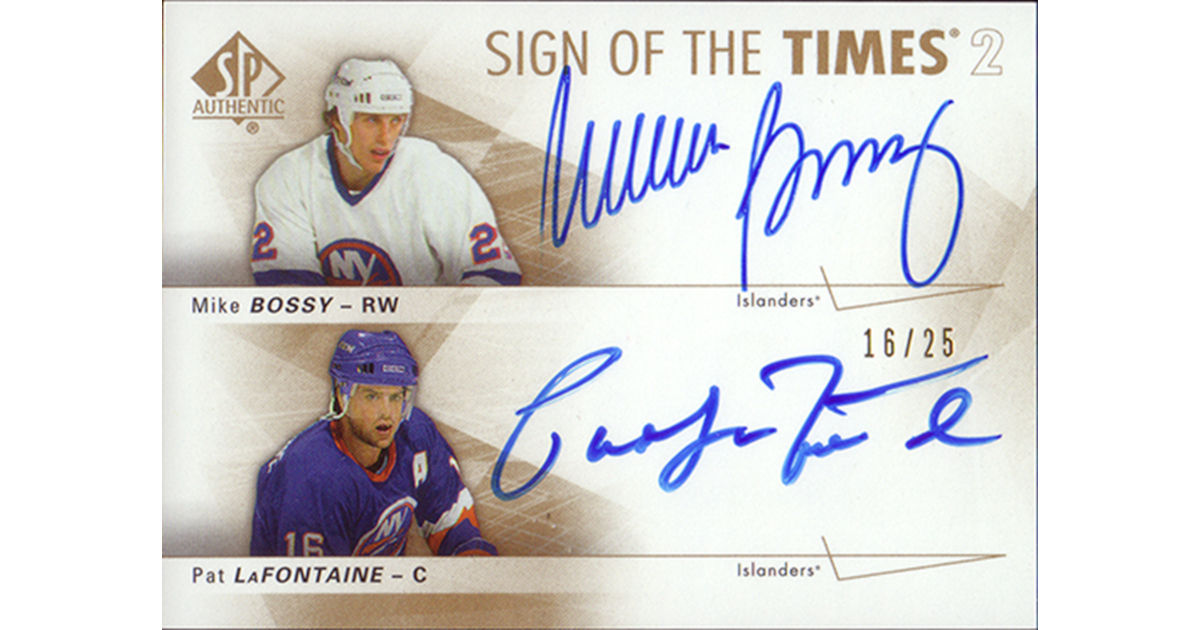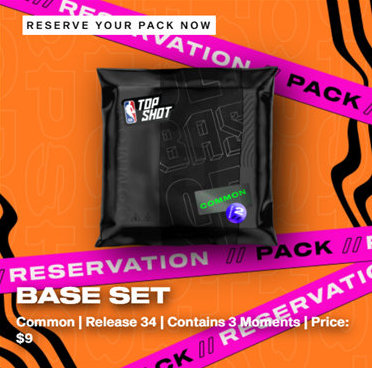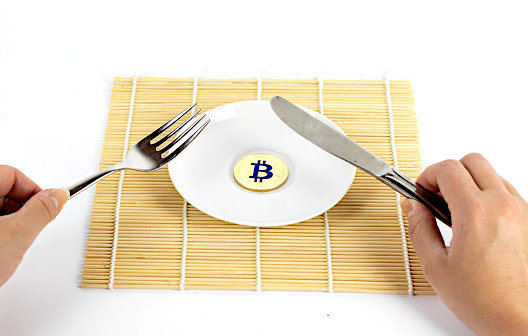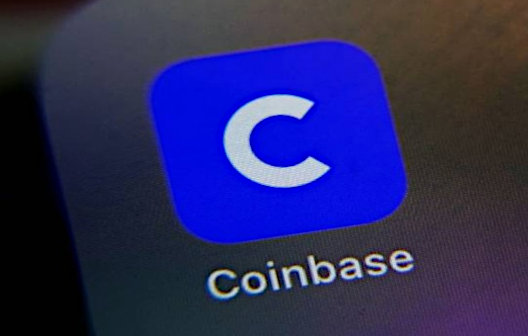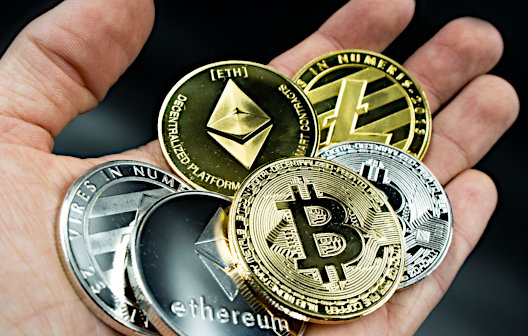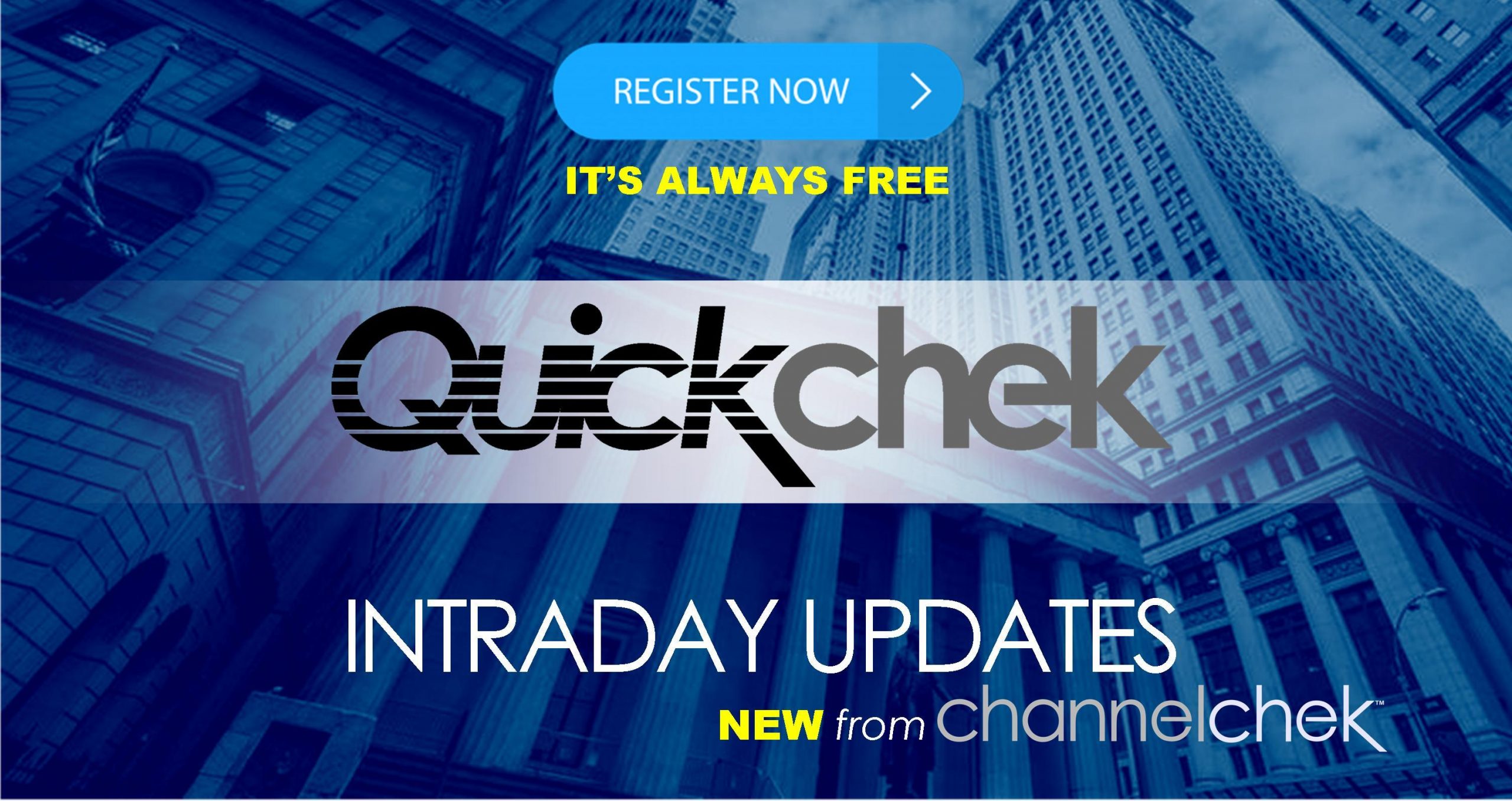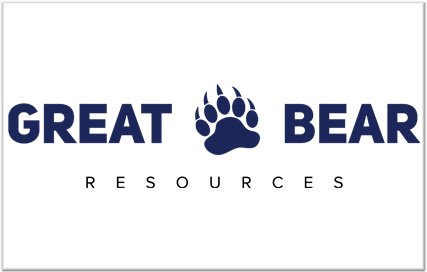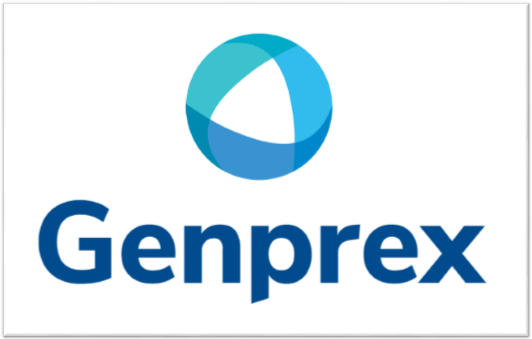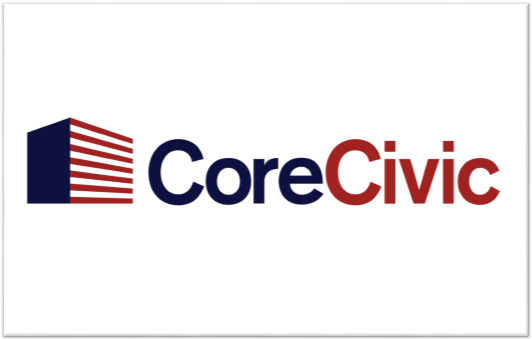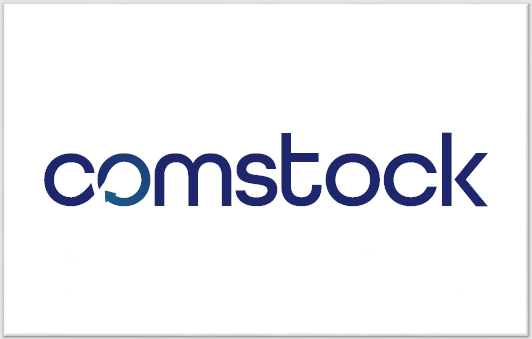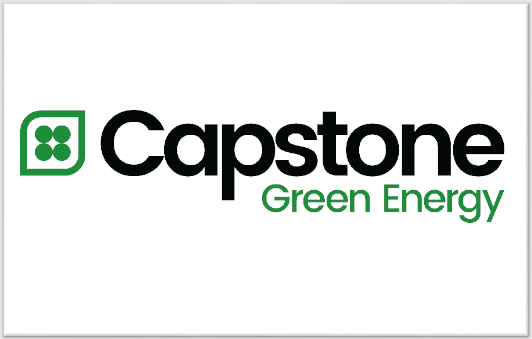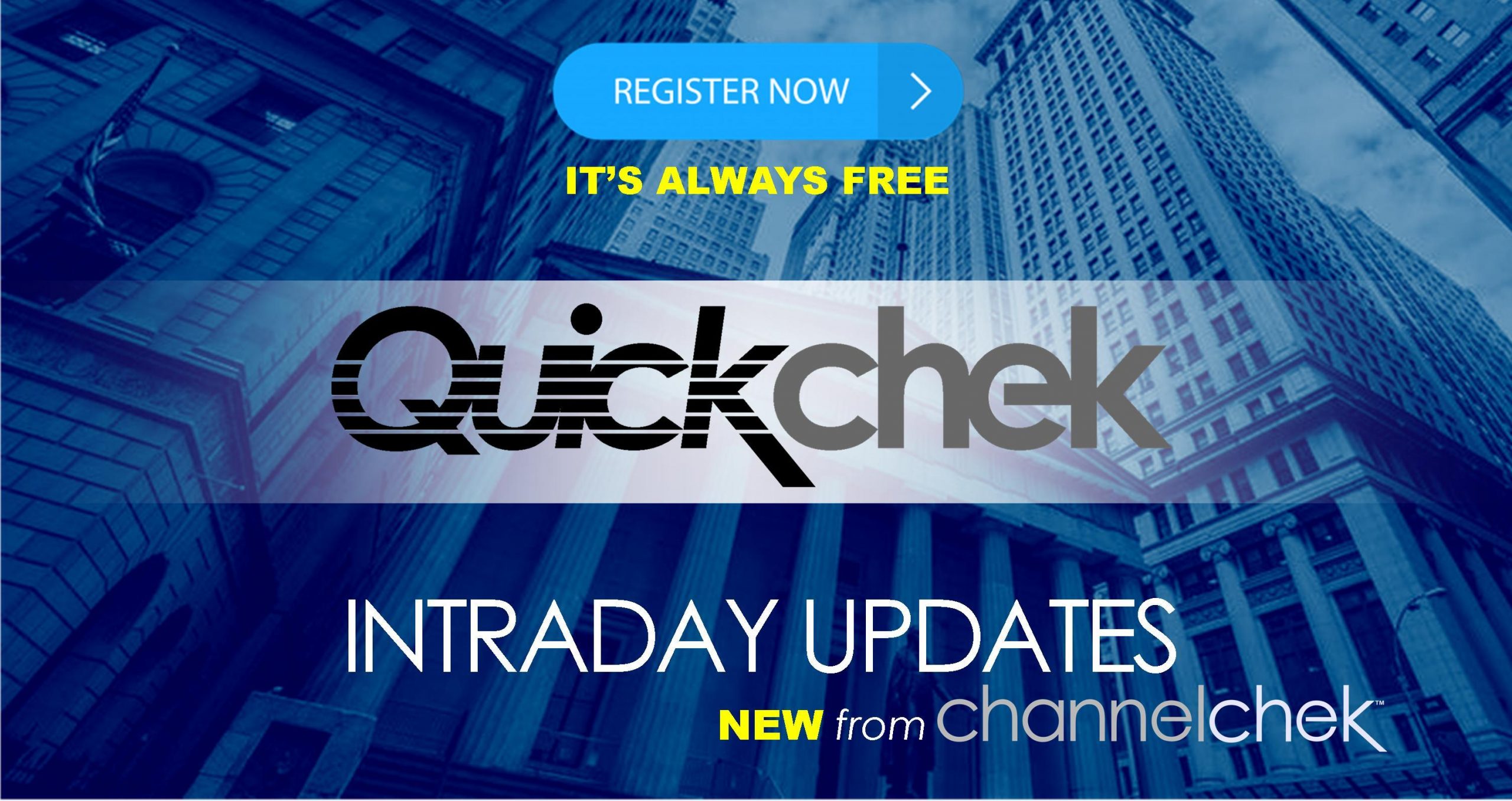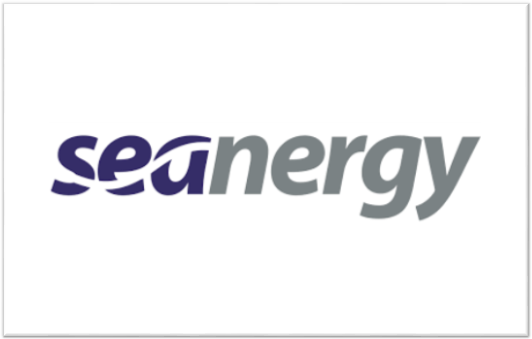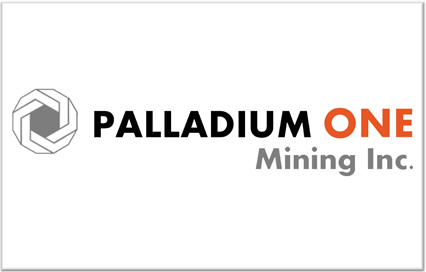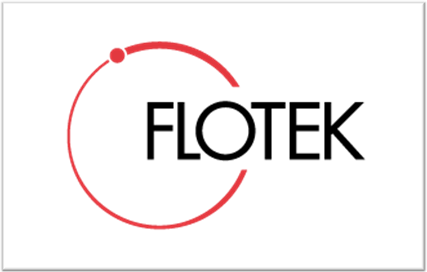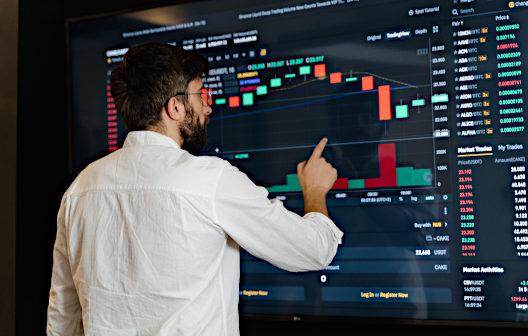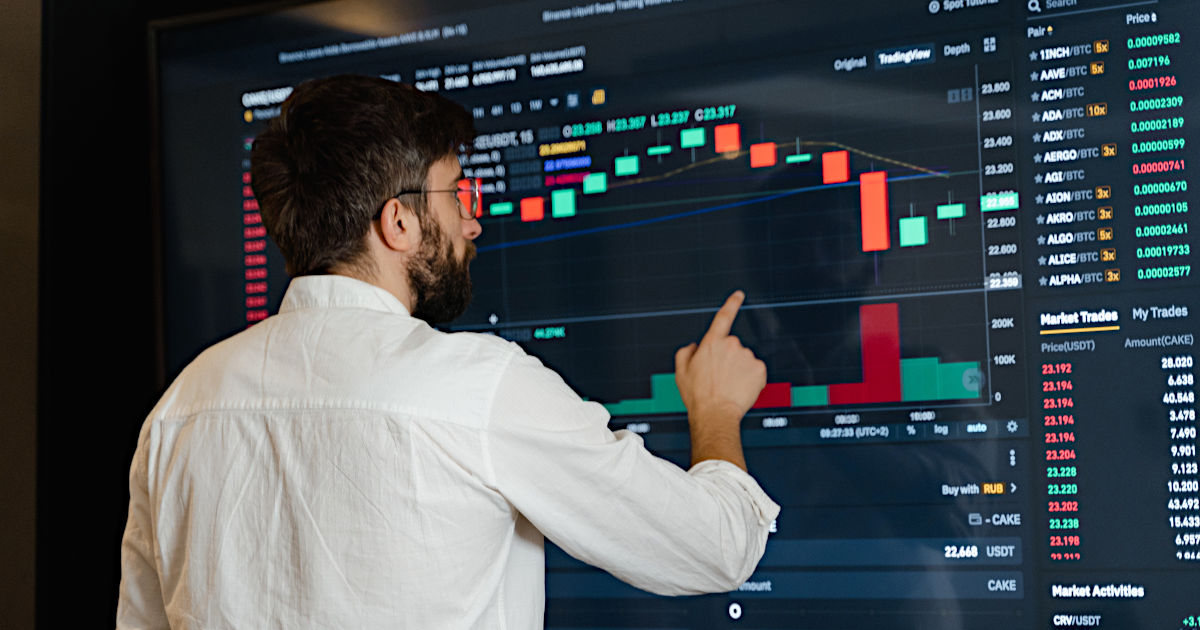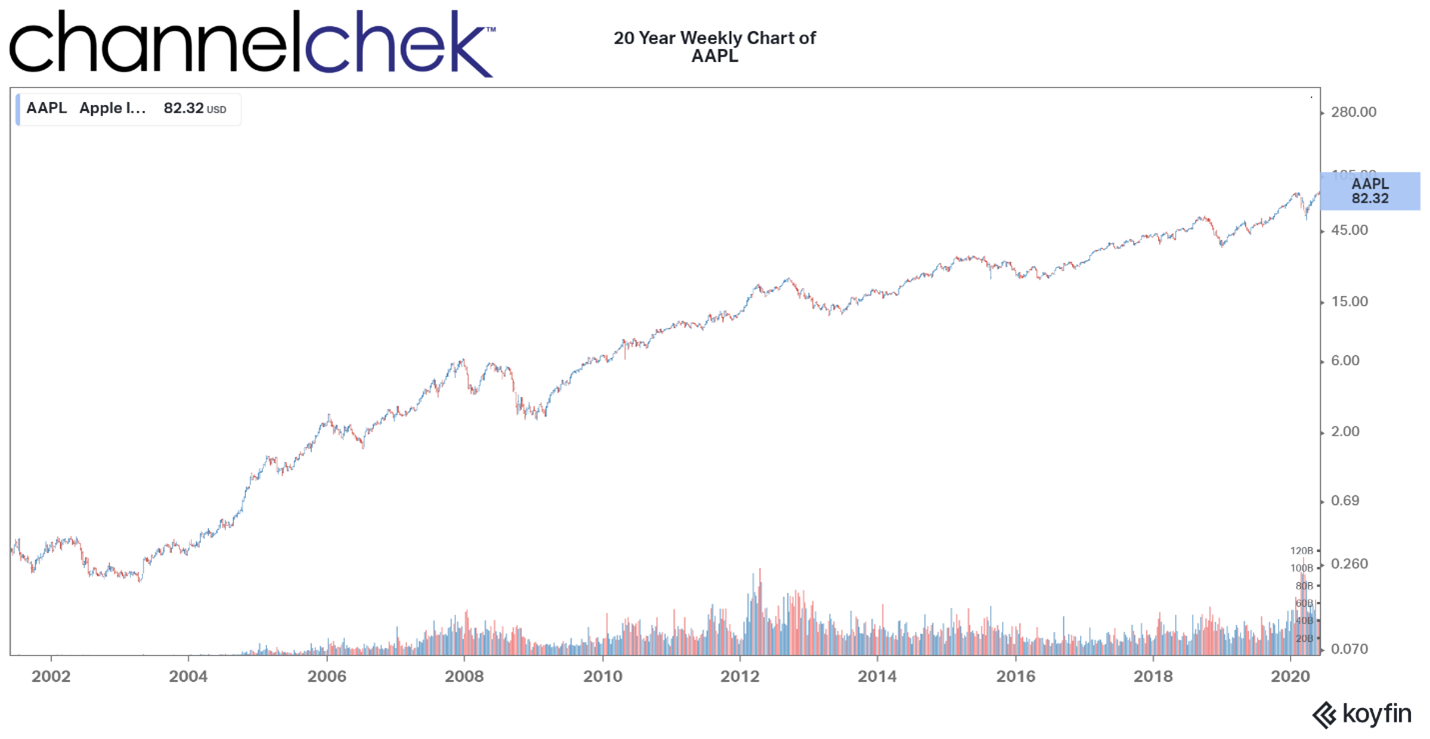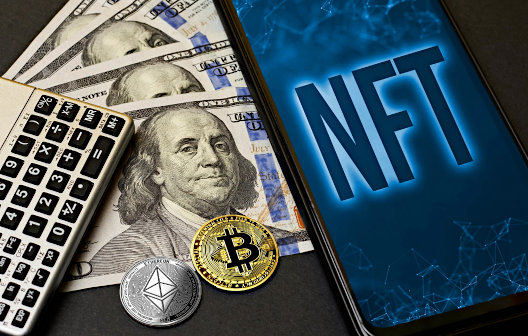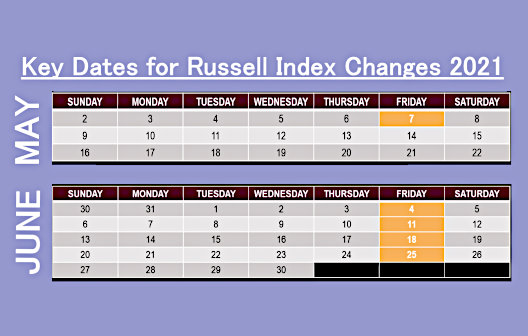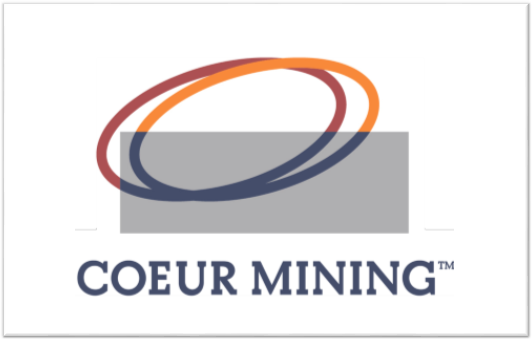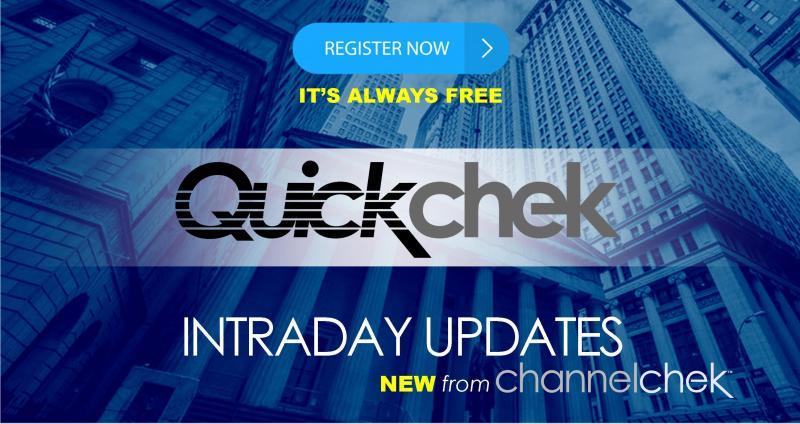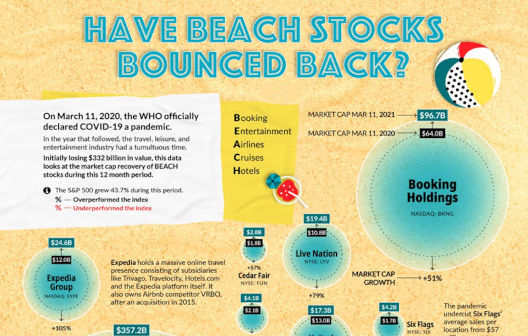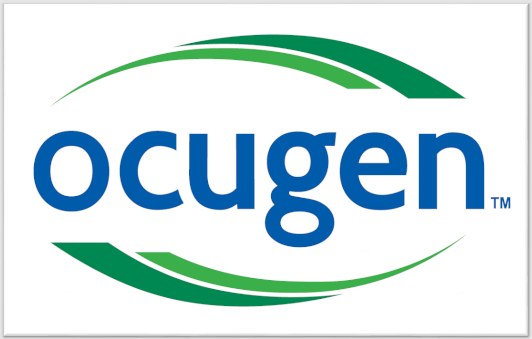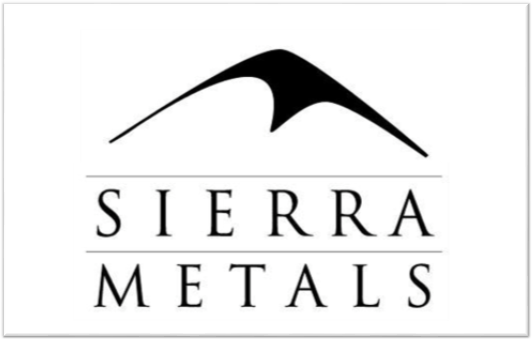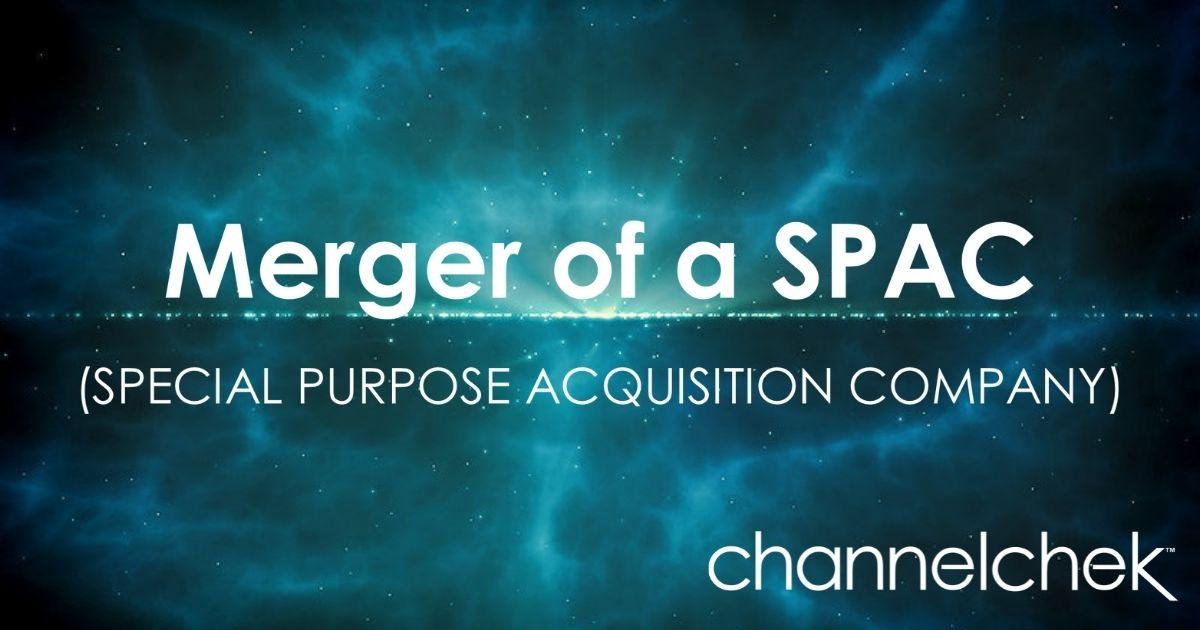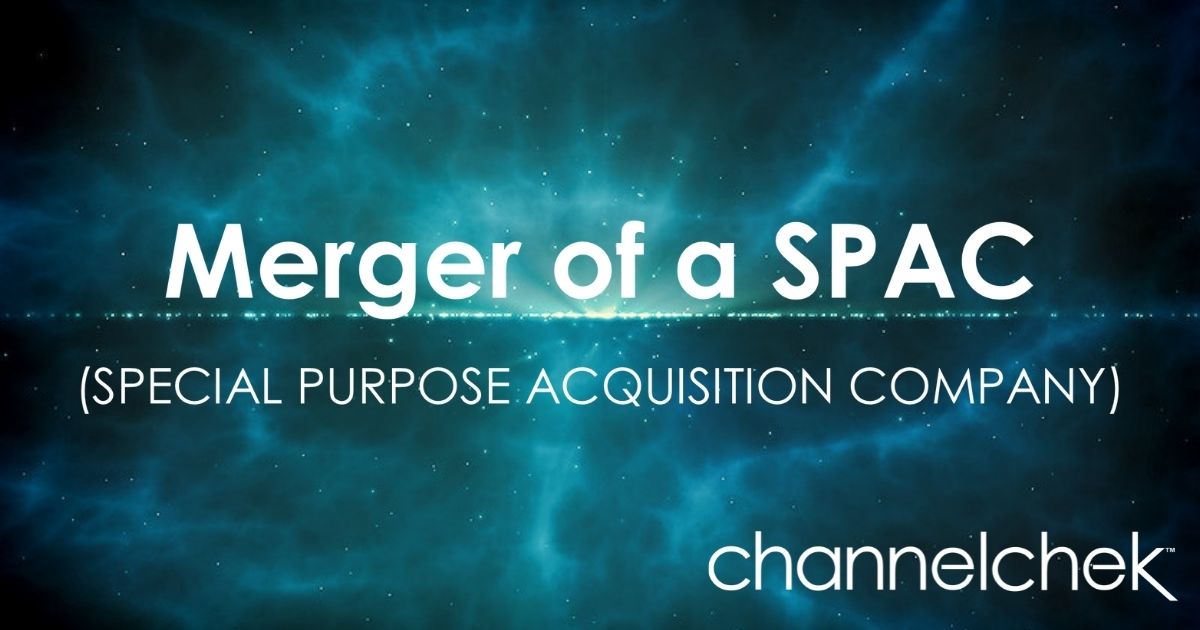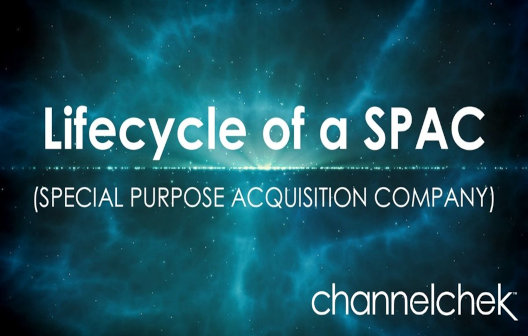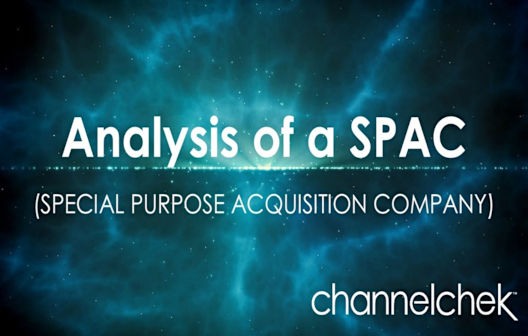image credit: Kampus Productions (Pexels)
Stock Trading Accounts as Gifts for Kids
Who among us doesn’t wish someone had given them 500 shares (or more) of AAPL at 25 cents a share in 2000?
As a kid, there were gift-giving occasions where my friends and I received toys (birthdays, holidays), and there were occasions when we received U.S. Savings Bonds. The tradition of giving minors savings bonds for graduation or when they reached 13 has faded. Blame it on the paltry 0.10% interest rate, or blame it on the discontinuance of physical bonds (book-entry only since 2012), because empty envelopes don’t feel like a gift. I blame it on something else. When I received savings bonds from my grandparents or favorite aunt, it was them investing in my future for my benefit. They felt good about what they were giving. Interest rates aside, there are now preferable ways to give a financial gift that can grow to your kids.
Investment Accounts for Kids
While parents have always been able to open custodial brokerage accounts for their children, full control over the assets was always at the parent’s discretion. And, should the parent wish to reclaim the cash, they could. The custodial parent would have to square away with the IRS any tax benefit they received by any returns not having been in their name, but they are free to do so.
This week Fidelity Investments, Inc. said they plan to create accounts for a new generation of investors who will be able to trade stocks even before they are old enough to vote. The announcement by the brokerage firm said it would issue debit cards and offer investing and savings accounts to 13- to 17-year-olds whose parents or guardians also invest with the firm. Unlike previous brokerage custodial accounts, these will let teens buy and sell U.S. stocks, Fidelity mutual funds, and a wide range of ETFs. There will be no account fees or commissions.
The offering is another of Fidelity’s moves to position itself as a lifelong financial adviser to investors starting at the earliest of ages. And, it’s smart marketing. Once an investor learns a trading platform and comes to trust the services of their broker, changing to another broker and learning a new platform is less likely. So they’re working on getting customers before their competition and then growing with, them as they get older they can offer them other products and services.
What’s in it For the Kids?
The advantage for the 13-17-year-old is that many will better understand markets at an earlier age. The sooner they become savvy investors, in theory, the better their performance will be later on.
Parents, relatives, and close friends can gift stocks into the account. This could feel like a true gift towards helping the child’s future, whether that be college, eventually buying a home or retirement. In fact, Fidelity, along with the other large brokerage houses, offer IRA accounts for kids.
If an adult has appreciated stock, they may gift that to a child as well. Most children without income in 2021 will have a 0% capital gains tax rate. The adult may find giving appreciated investments preferable over gifting the same amount of unappreciated cash.
Take-Away
As graduation season approaches, parents and relatives may be opting to give children financial gifts. Hopefully, some of these wind up being the next Apple (AAPL). The givers can take comfort knowing they’re adding to a stronger financial base and market education that will serve the receiver well, hopefully, better than the 0.10% savings bonds.
Paul Hoffman
Managing Editor, Channelchek
Suggested Reading:

|

|
Space as a Lucrative Investment Space
|
Is Inflation Going to Hurt Stocks
|

|

|
U.S. Government Spending Provides Investment Opportunities
|
Industries that Could Benefit from the New American Jobs Plan
|
Sources:
https://windgatewealth.com/3-tax-smart-ways-to-help-your-children/
https://www.fidelity.com/retirement-ira/roth-ira-kids
Stay up to date. Follow us:
 |
 |
 |
 |
 |
 |
Stay up to date. Follow us:
 |
 |
 |
 |
 |
 |



